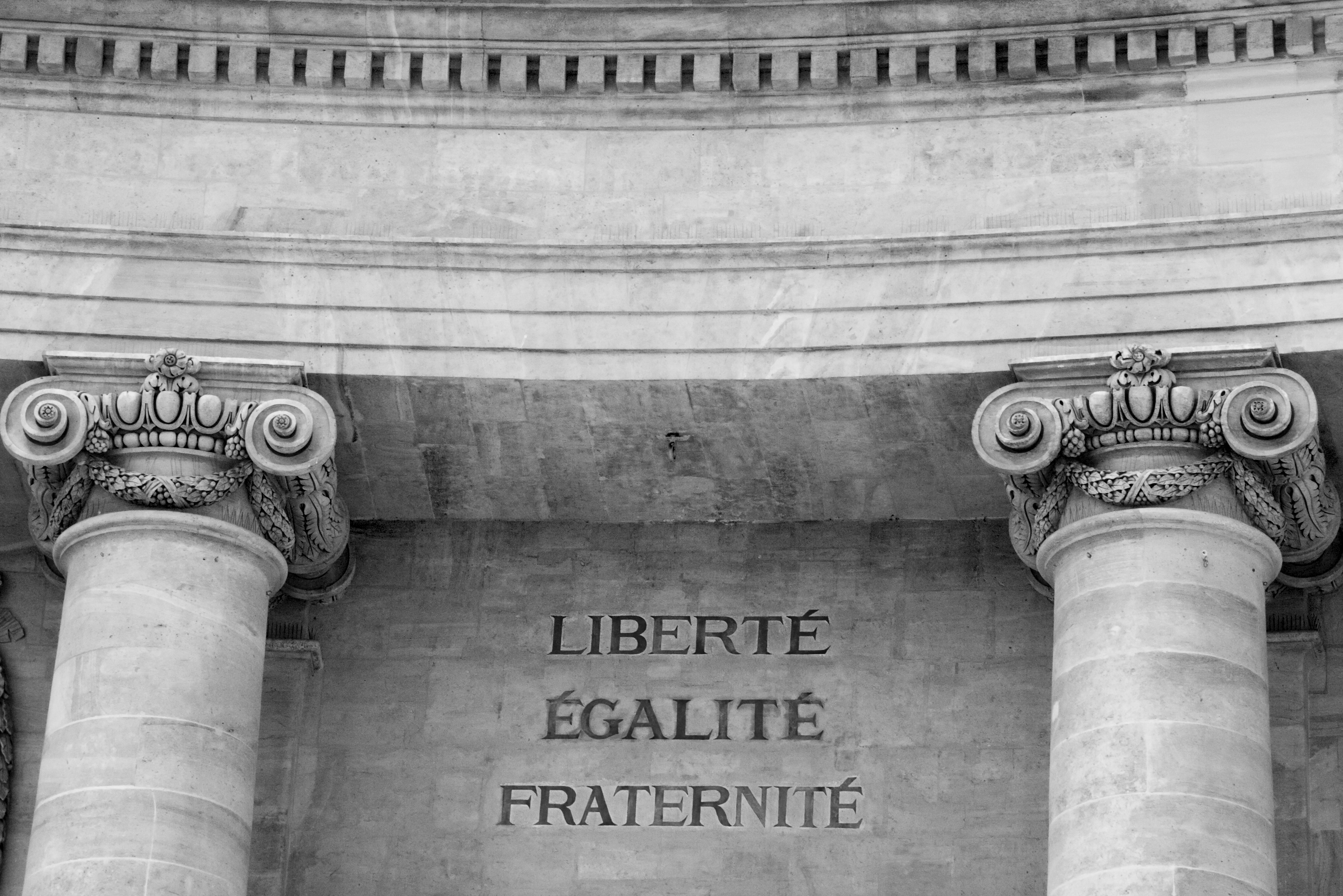The Modern Age starts with the French Revolution, in 1789. The French people rebelled against their king, Louis XVI.
 |
| Louis XVI by Antoine-François Callet. From Wikimedia Commons. |
Europe was in crisis. Louis XVI, the French king, ruled as an absolute monarch, he had all power. There were great inequalities between the nobility and the ordinary people (who were extremely poor).
On 14 July 1789 the people of Paris attacked the Bastille prison. The revolt spread from Paris to other parts of France. The king was killed in 1793 and the monarchy was abolished.
As a result of the revolution, France became a republic:
• Power was separated into three branches: legislative, executive and judicial.
• The law recognized all citizens as equal (no privileges for the nobility).
• Ordinary people could vote in elections (only men).
The central ideas of the French Revolution were liberty, equality and fraternity.
During the French Revolution Napoleon Bonaparte was a military commander. He became Emperor of France in 1804. He wanted to establish a big empire conquering other European countries.
 |
| Napoleon Bonaparte. By Halldór Axel (Own work) via Wikimedia Commons. |
Spain was ruled by Carlos IV, but Manuel de Godoy, his prime minister, was really in control. In 1807 Napoleon and Godoy signed the Treaty of Fontainebleau. This allowed the French army to cross Spain to conquer Portugal. When the French army was in Spain, Napoleon decided to conquer Spain.
.jpg) |
| Carlos IV by Goya. Via Wikimedia Commons. |
 |
| Manuel De Godoy by Agustín Esteve y Marqués. Via Wikimedia Commons. |



.jpg)

No comments:
Post a Comment